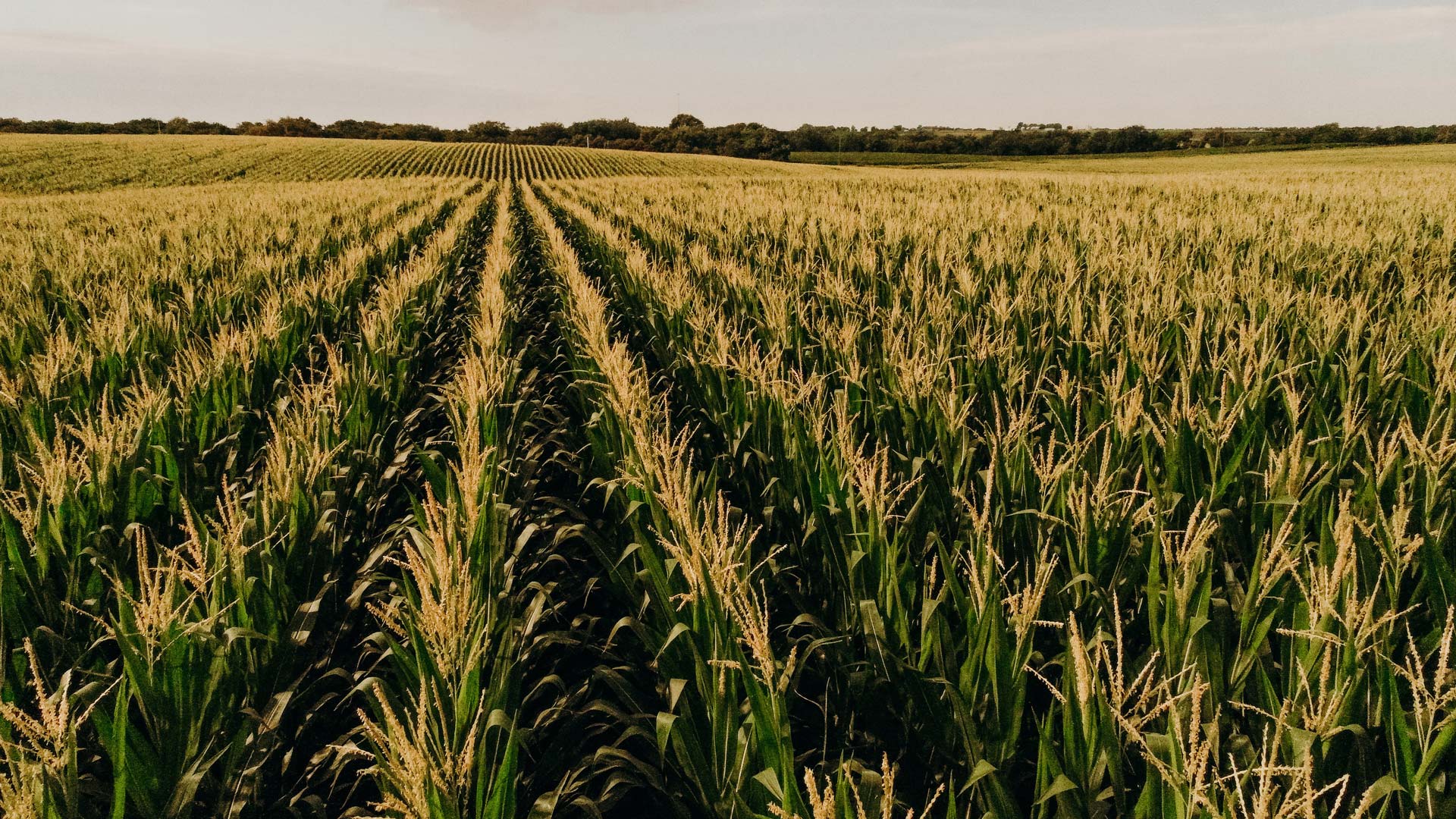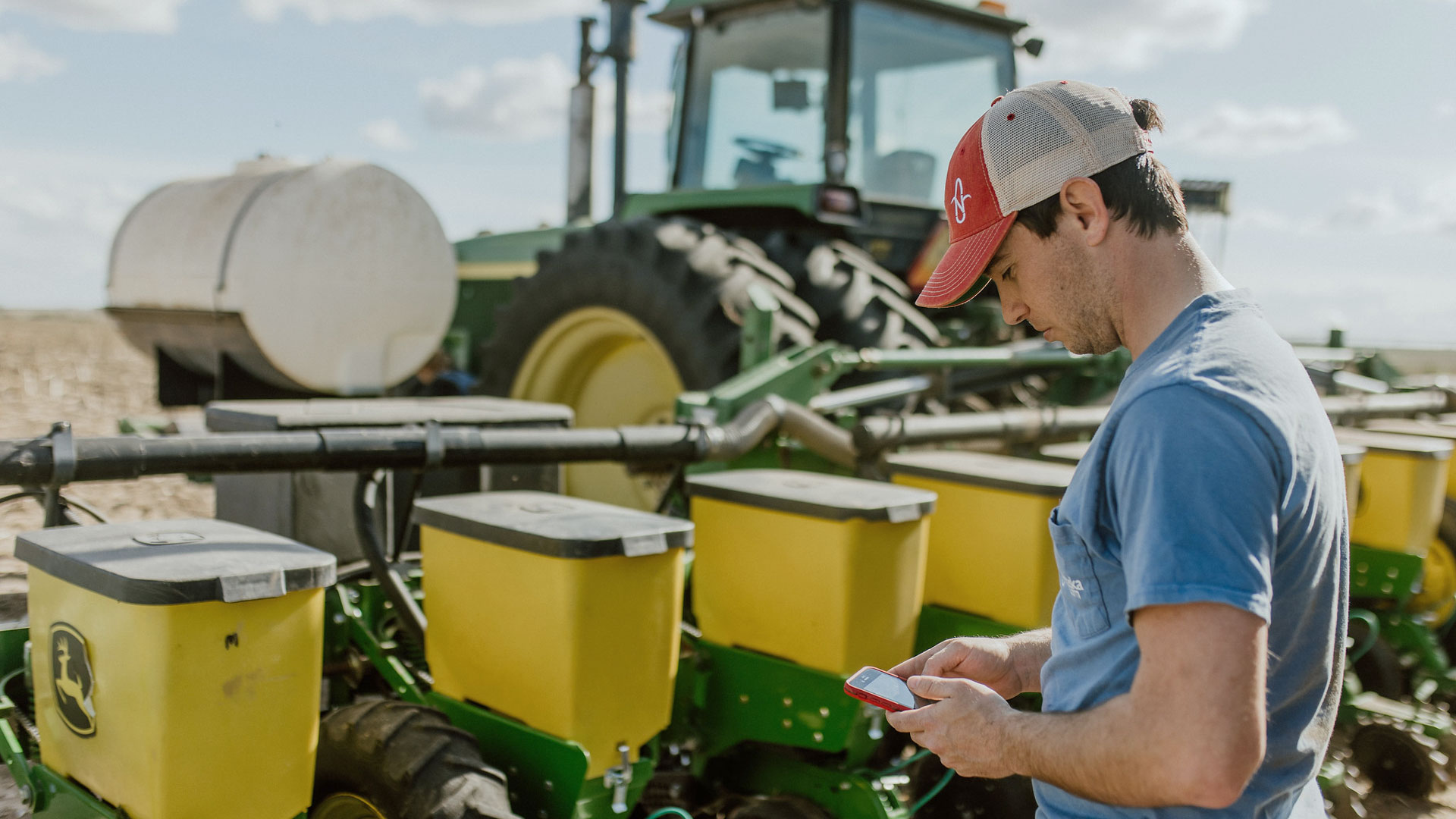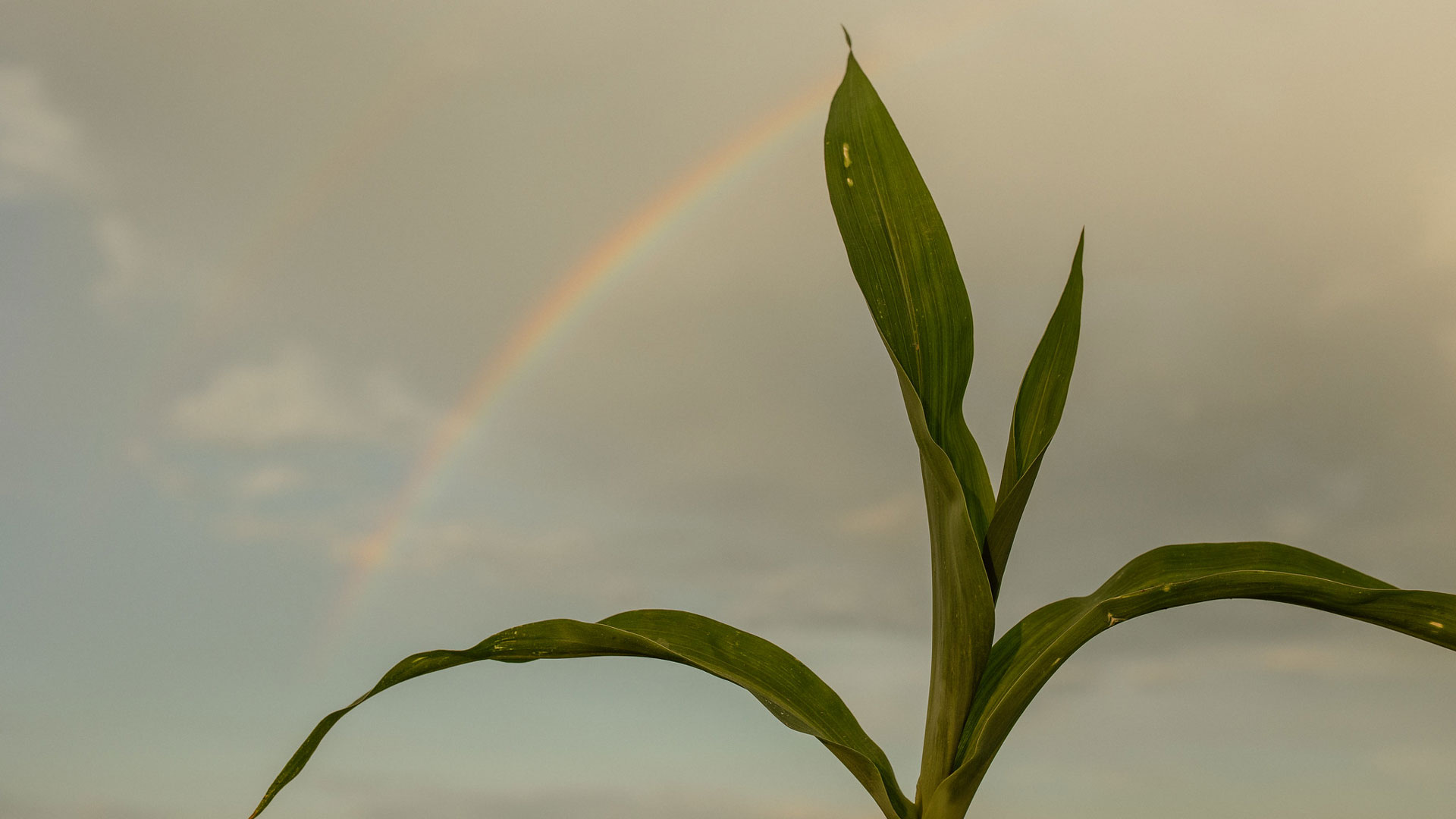Ever wonder why more and more farmers are leaving “trash” in their fields after harvest? Those cornstalks, corn cobs and leaves are called “residue”— and they are helping farmers improve soil quality and manage their crops and fields in the face of extreme weather events.
Plowing the soil has been compared to a tornado ripping through a city. While that may be an extreme analogy, plowing does disrupt the living organisms in the soil and exposes more of the soil to the air, which accelerates evaporation and loss of essential soil moisture and nutrients.
As a result, many farmers have adopted no-till or minimum tillage practices which leave residue in the field—and that leads to a wide range of benefits:
- Residue captures snow during the winter which improves the moisture profile in the field
- Residue provides soil stability to help reduce erosion from wind and rain
- During spring planting, the residue helps retain moisture to help the new seeds germinate and the young plants thrive
- Decaying residue adds nutrients and organic matter to the soil, which improves overall soil health and reduces the need for additional fertilizer
- Reduced tillage means fewer trips across the field which reduces soil compaction and energy consumption
Some farmers put cattle on their cornfields in the fall and winter to graze on the stalks and residue. The manure from those animals adds nutrients and organic matter to the soil as well.
No-till and minimum tillage practices are also helping farmers cope with the advent of extreme weather events such as torrential rains and extreme drought by preserving the integrity of the soil, reducing erosion and retaining as much moisture in the soil as possible.
“Clean, groomed fields at planting time used to be a matter of pride for farmers in my grandfather’s time,” said Brandon Hunnicutt of Giltner, a farmer-director on the Nebraska Corn Board. “But farmers are always adopting new practices, technologies and ideas to help ensure sustainability and preserve our resources for generations to come. No-till fields may not look as pretty as the pristine, tilled fields of the past, but the benefits clearly outweigh the aesthetics.”




